Set 1, starts at 1:30 (5 minutes each) in order of presentation
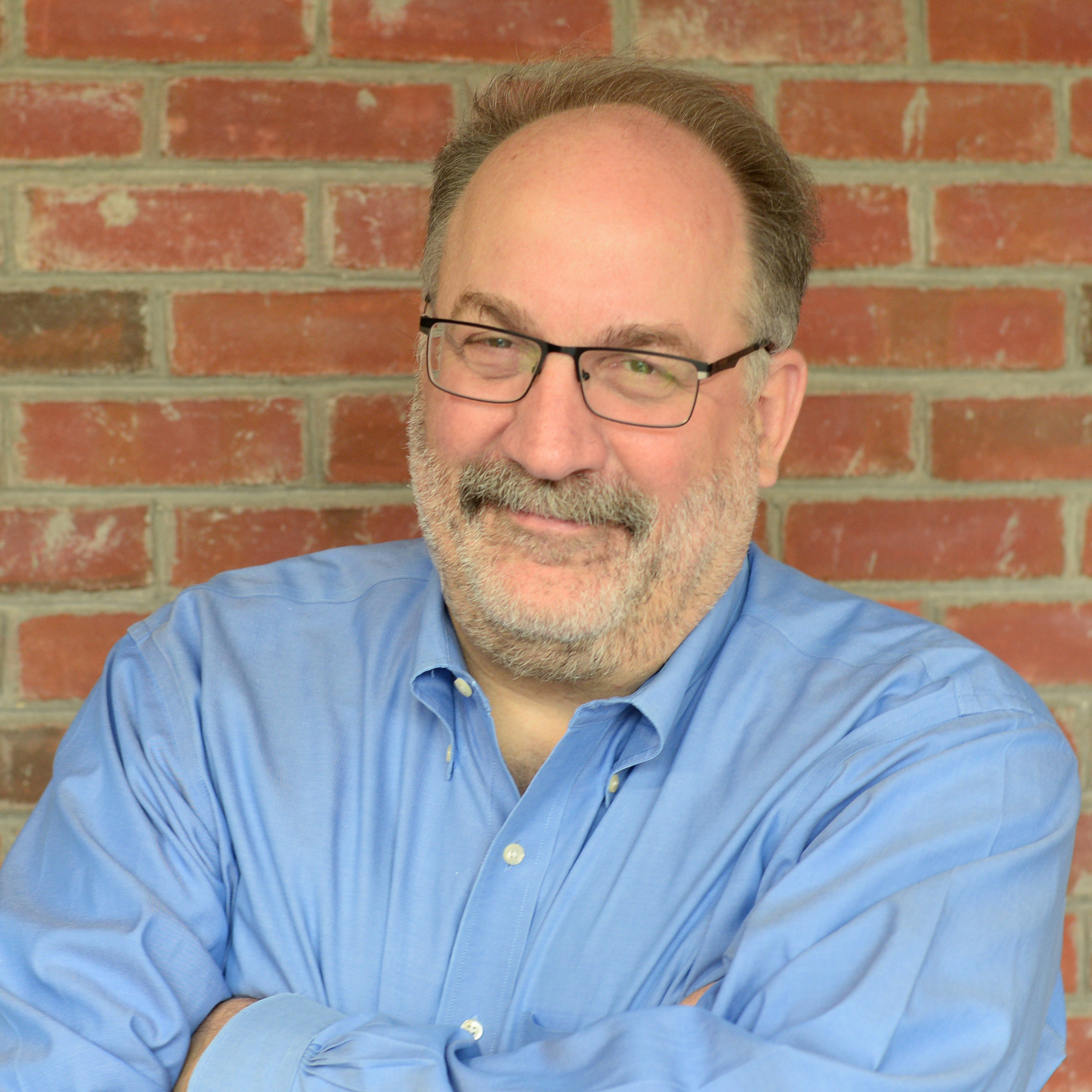 Matthew Bell, FAIA, Professor, Architecture Program
Matthew Bell, FAIA, Professor, Architecture Program
Equity and Urban Form
The presentation will show historical examples of urban form that can be seen as models for more equitable communities through complex urban blocks, integrated urban typologies and equitable access to public open space.
 Jeremy Wells, Associate Professor, Historic Preservation Program
Jeremy Wells, Associate Professor, Historic Preservation Program
Interim Director, Historic Preservation Program
Managing the Magic of Urban Places: An Unauthorized Discourse on Built Heritage Conservation
There’s a reason why one of the most common words used to describe historic places is “charming”: these are magical places, charged with fantasy and emotion, but this orientation has been persecuted for most of the past 150 years by the academics and professionals responsible for conserving this heritage. The reason is deceptively simple: orthodox built heritage conservation demands a theory and practice based on detached objectivity. This presentation is therefore a provocation which uses social science evidence to substantiate a bottom-up, human-centered approach to build heritage conservation theory and practice that fully embraces subjectivity through environmental psychology, environmental patina, and spontaneous fantasies.
 Jennifer Egan, Program Manager, Environmental Finance Center
Jennifer Egan, Program Manager, Environmental Finance Center
Environmental Economics & Conservation Finance
Community-Centered Natural Resource Benefits: Mispillion Watershed, Delaware
Throughout their existence on earth, humans have depended on nature. As our scientific understanding of the complexities of nature has grown, so has our recognition, in a broader sense, of the extensive services nature provides for humans. Nature’s services are “invisible” at times—such as trees purifying the air and wetlands filtering pollution from water. There is global agreement that ecosystems, via the services flowing from them, are essential, but exactly how urban communities can incorporate the importance of nature, especially in an economic sense, is a work in progress. Economic valuation identifies and quantifies the significance of natural resources expressed in monetary (dollar) values. The value may be observed through market transactions (e.g., fisheries market value) or elicited from a survey of what humans spend or say they are willing to spend to access, restore, or preserve natural resources. A positive view of the future: urban communities will consider the total values of nature observed and “invisible” when planning livable cities. The total value of green spaces, clean water, and the aesthetic appeal of nature will not be taken for granted and will be within the economy and policy. This project identified ecosystem services cited by key resource experts and local stakeholders knowledgeable about the Mispillion and Cedar Creek watersheds in Delaware; and conducted valuation exercises to quantify the benefits of these ecosystem services. The estimated economic benefit values for the Mispillion Riverwalk Greenway in Milford, Delaware, will be reviewed. Milford is a small but growing city in southern Delaware.
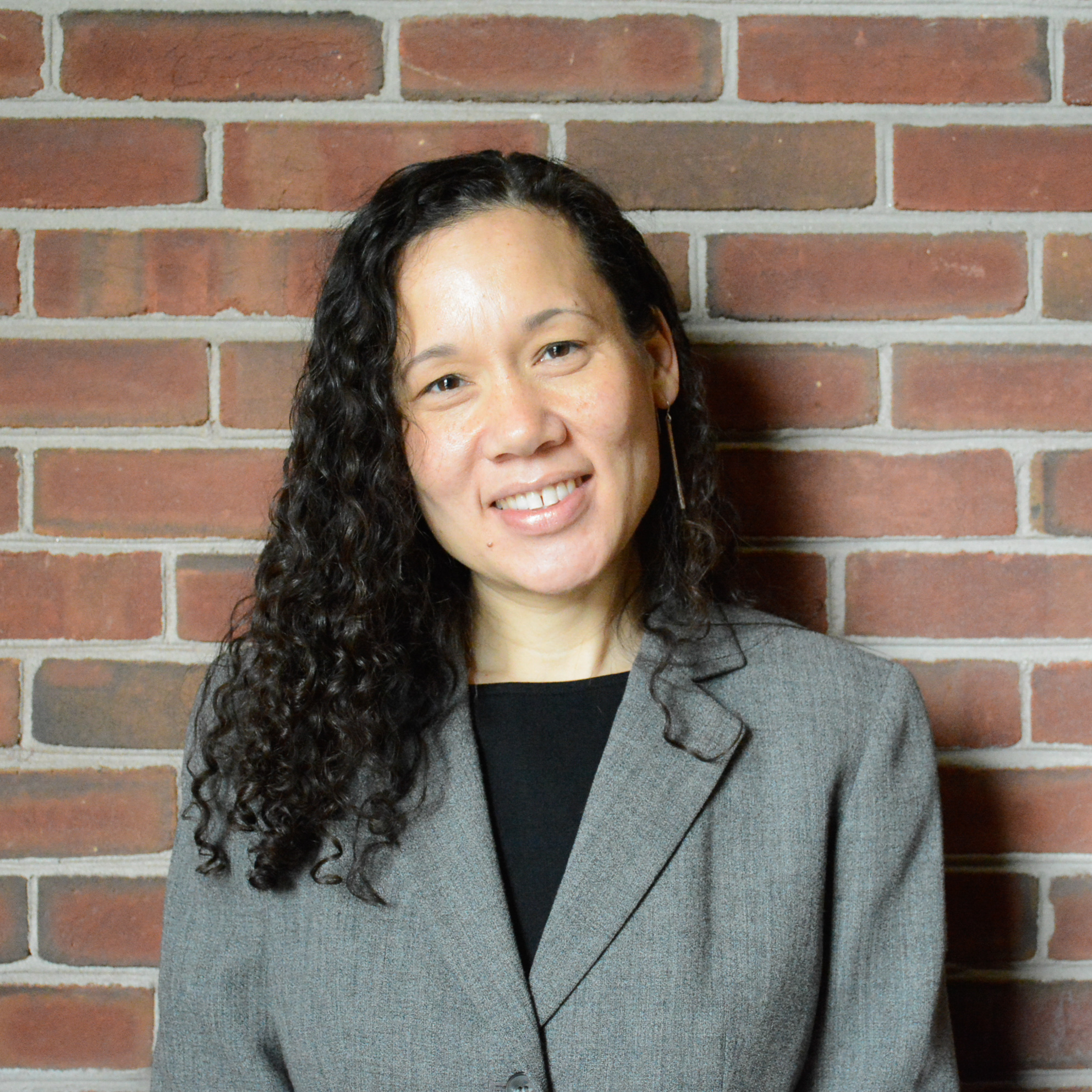 Willow Lung-Amam, Associate Professor, Urban Studies and Planning Program with graduate students Nohely Alvarez and Bi’Anncha Andrews
Willow Lung-Amam, Associate Professor, Urban Studies and Planning Program with graduate students Nohely Alvarez and Bi’Anncha Andrews
The Small Business Anti-Displacement Network (SBAN) is a project of the University of Maryland's National Center for Smart Growth Education & Research (NCSG), funded by JP Morgan & Chase's Small Business Forward Program. This project seeks to leverage NCSG's experience leading multi-year, multi-phased collective impact initiatives to bring together small business leaders, including community-based organizations, technical assistance providers, policymakers, scholars, and government agencies, to create a community of practice around the issue of small business displacement in gentrifying neighborhoods. The project seeks to build the capacities of network members to engage in effective anti-displacement advocacy and assistance; to identify, assess, and disseminate promising small business anti-displacement practices and policies; and to encourage adoption of impactful small business anti-displacement strategies. It is the first national project focused on small business displacement in gentrifying neighborhoods. The presentation will describe the project and its many efforts to help small businesses remain resilient in the face of change and benefit from new neighborhood investments.
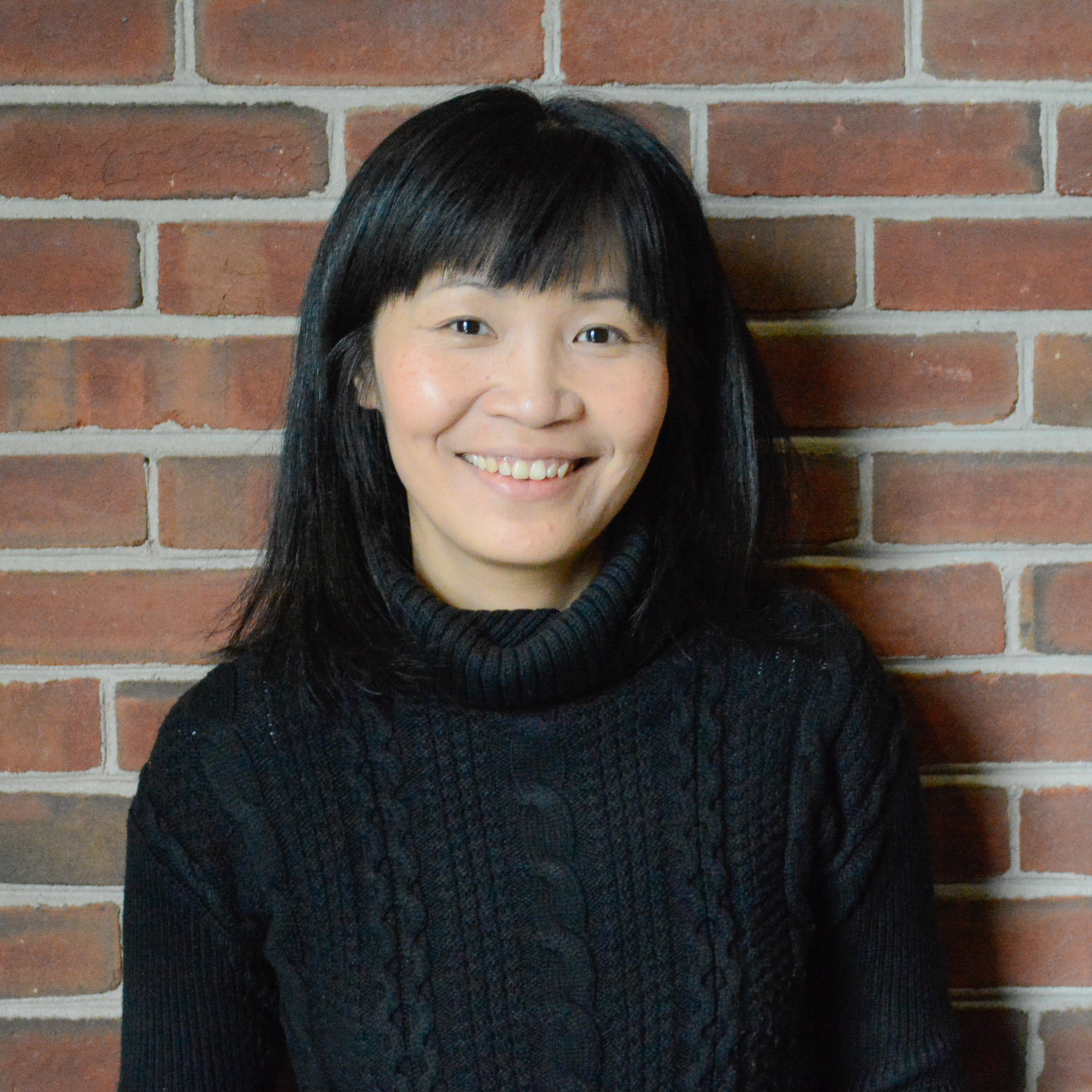 Ming Hu, AIA, NCARB, LEED AP, Associate Professor, Architecture Program
Ming Hu, AIA, NCARB, LEED AP, Associate Professor, Architecture Program
Affiliated Faculty at NCSG & Maryland Transportation Institute; Fellow, Global Classroom Initiative
Build Smarter: Built4Climate, Built4Health, Built2Last
Despite the efforts to reduce the carbon emission since 1992, when the United Nations Framework Convention on Climate Change was signed, global carbon emissions have increased 60% since then. The global annual GHG emissions from the building sector in 2020 were nearly 2.9 gigatons of carbon dioxide. A primary source of these emissions is the manufacture of building construction materials such as steel, cement, and glass. On the other hand, floor area in the buildings sector worldwide is expected to increase 75% between 2020 and 2050. Globally, floor area equivalent to the surface of the city of Paris is added every week through 2050. The combination of increase and growth seems an unsolvable issue for us to achieve carbon neutrality by 2050. The key to the solution is to design and build smarter through utilizing the combination of active and passive systems and designing with big data.
Set 2, starts at 2:30 (5 minutes each) in order of presentation
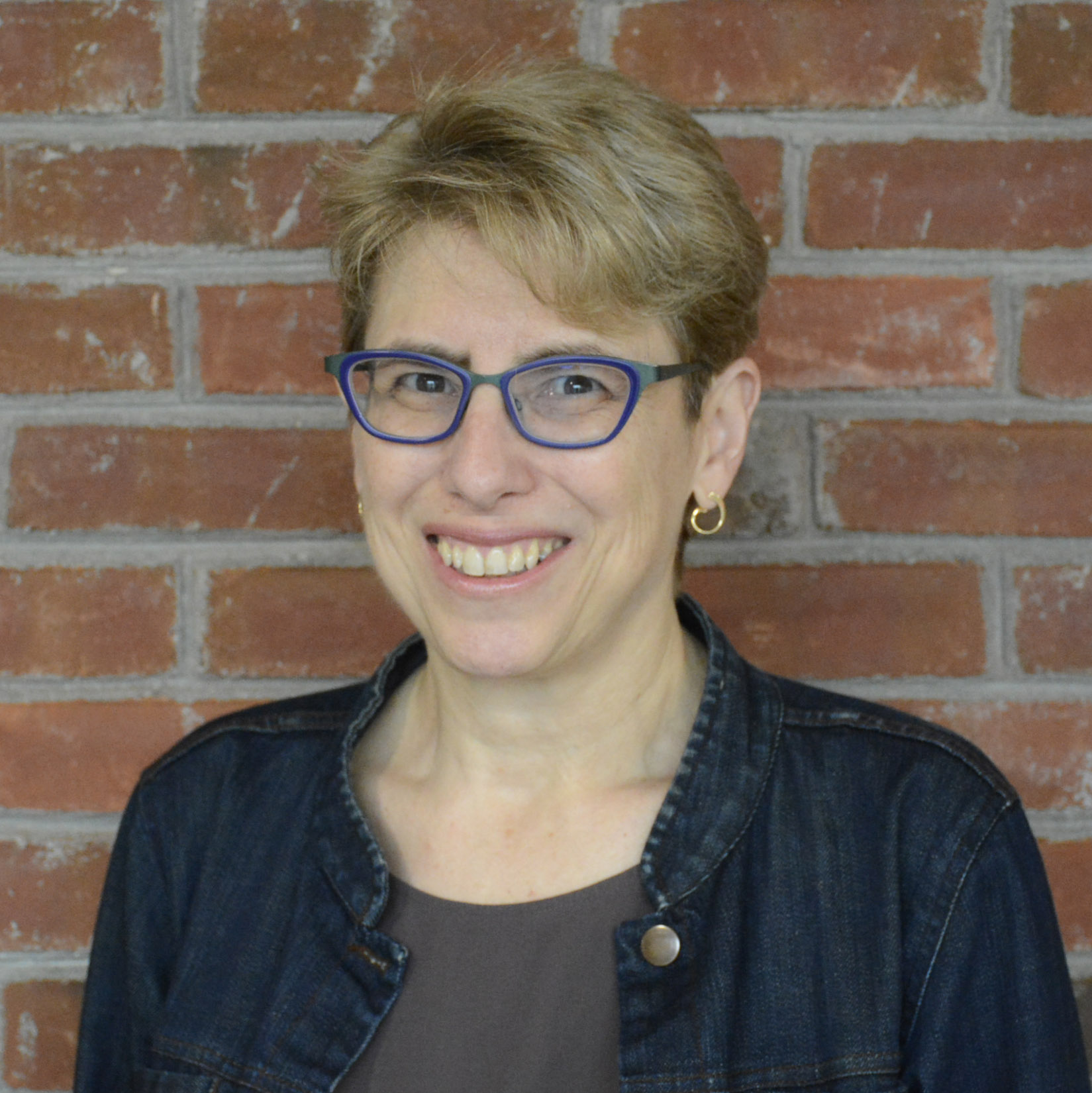 Ronit Eisenbach, Professor, Architecture Program
Ronit Eisenbach, Professor, Architecture Program
Director, Maryland Creative Placemaking Collaborative
Affiliate Faculty, NCSG & School of Theatre, Dance, and Performance Studies
Playful Learning Landscapes: Making the Invisible Visible
Youth spend 80% of their time outside of school. How can the integration of place-based digital technologies in situ spark curiosity and enrich the public realm? I will share FireFly Learning Landscape and Library Lanterns, two speculative Playful Learning Landscapes, which envision place-based “smart” elements that are responsive to community desires, such as offering a place to sit or improving neighborhood safety, while gathering and advancing STEAM youth education. In each case, an array of youth co-designed sensor stations is networked to one another and to a dedicated website. Each station records environmental data based on community input, visualizes current sensor readings through colored LED lights and transmits data to the website. Users can interact with current readings, historic data and youth-led data visualizations and stories. Luminous patterns generated by the data attract curious learners, thus activating the public realm. Invisible information, such as air quality and the stories connecting people and place can transform everyday experiences into something wondrous and extraordinary.
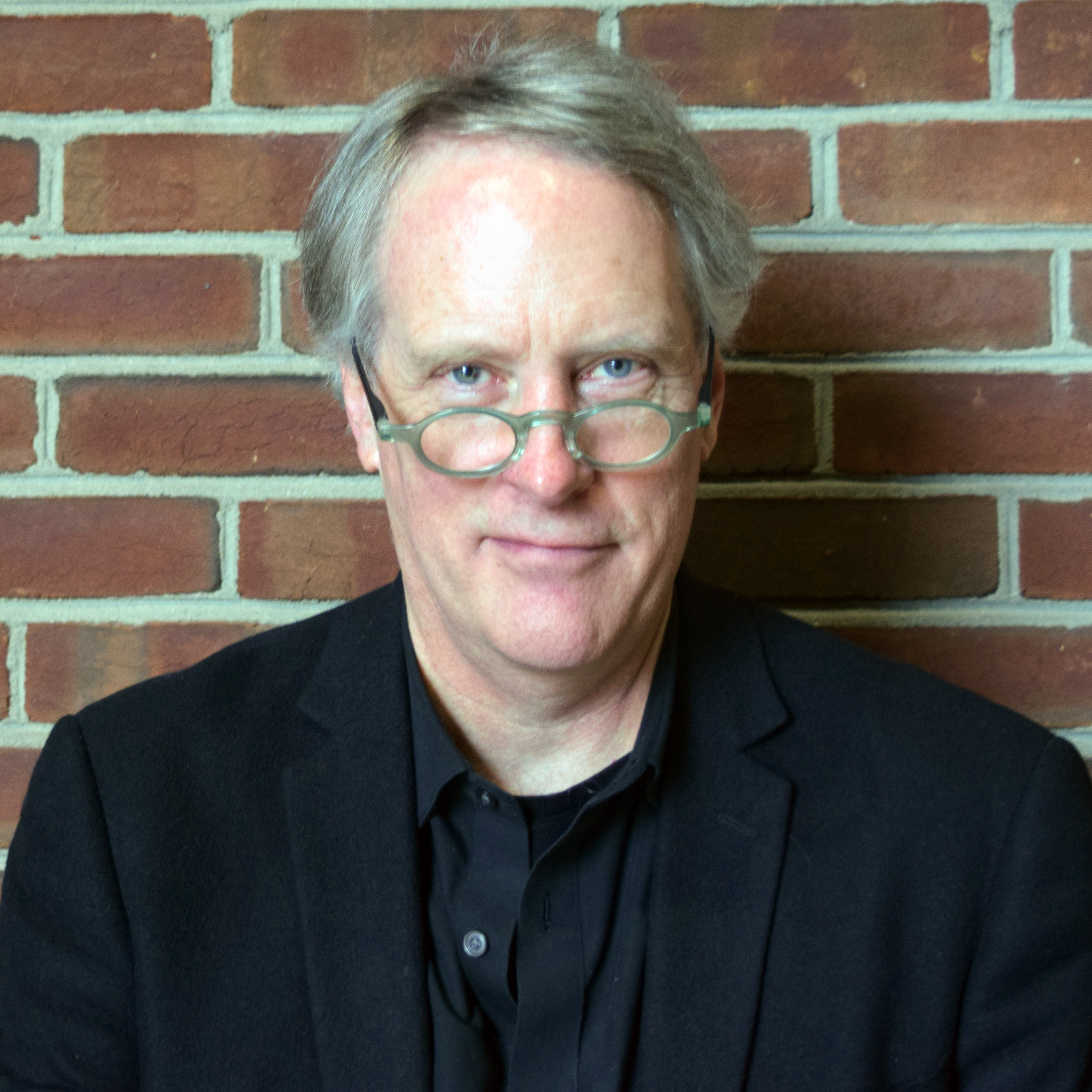 James Tilghman, AIA, Associate Clinical Professor, Architecture Program
James Tilghman, AIA, Associate Clinical Professor, Architecture Program
Aerotropolis 5.0: Vertical Communities: Emerging Spatial Paradigms for a New Urban Mobility
My research explores vertical communities as an emerging spatial phenomenon of early 21st Century Design thinking within the urban environment. The research had its beginnings in an architectural design competition for a vertical community, and through subsequent exploration of the concept of an “Aerotropolis,” as set forth in the book of the same name by John D. Kasarda. Driven by emerging technologies within the field of autonomous mobility and digital environments, including VR and AR, this research considers the present and future impact of these technologies and emerging autonomous mobility on a vision for equitable and sustainable communities and destination experience design within the urban transect. This research also considers and attempts to identify the foundational cultural and historical antecedents of the phenomenon of vertical communities within the realm of the history and theory of architecture as well as through technical, metaphorical, and cultural perspectives. The Reading List submission (SOM and Jeanne Gang articles) have been inspirational in guiding aspects of the research. Two professional competition submissions were the original impetus for pursuing ongoing research through ARCH 408 Aerotropolis Studio curricula. The exploration of the near future impact of autonomous mobility technology on architecture and programming for the urban transect was the result. The presentation will introduce the multiple primary converging themes impacting the exploration of vertical community concepts in the early 21st century.
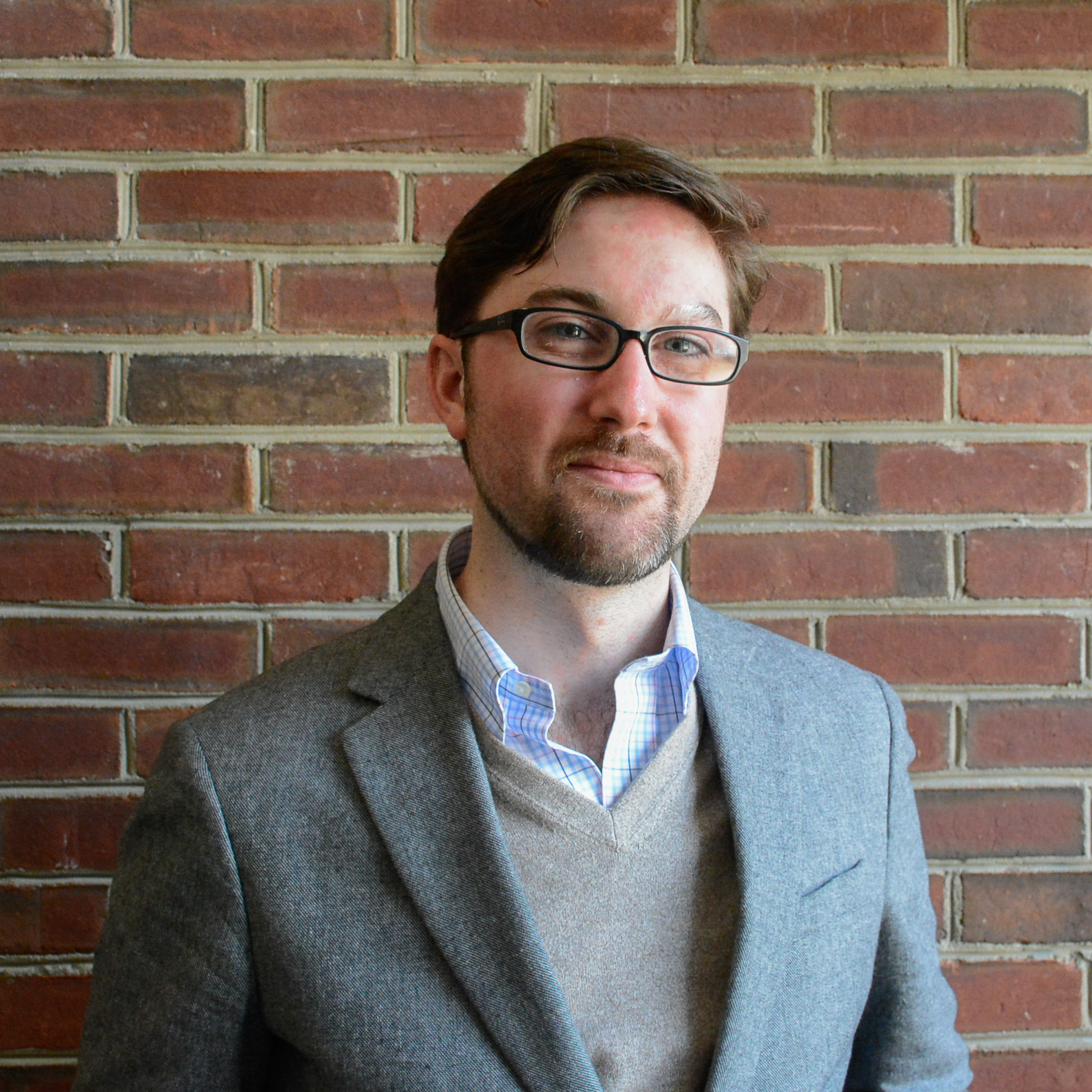 Joseph Williams, Assistant Professor, Architecture Program
Joseph Williams, Assistant Professor, Architecture Program
Parametric Modeling for the Preservation/Recovery of Architectural and Urban Design Techniques
As Jane Jacobs showed, a resilient city maintains its social equilibrium in part by preserving old buildings and spaces along with their diverse grammars of function and design. Parametric modeling, a process of modeling through rule-based algorithms as opposed to direct drafting, has special potential for recovering, preserving, and building upon the design techniques underlying cities of the past. This methodology is quickly emerging as a key tool in Architecture and Historic Preservation, where parametric methods have been used to model buildings in HBIM (Heritage Building Information Systems). Parametric modeling can be a research tool as well as a representational one, as it forces the modeler to identify the design parameters used by historic designers. Some of these parameters were constant and fixed, such as the perfect figures governing L'Enfant's Washington, D.C., but many were relational and flexible to existing urban conditions, as can be seen in the medieval and Renaissance urbanism of Florence and other Mediterranean cities. Discovering and understanding these design grammars in their full complexity enables critical engagement with the functionality of our cities, thereby helping to balance existing healthy elements with current priorities such as social justice, affordable housing, and ecological sustainability. Presentation images will include time-lapse visualizations of parametric models of urban and architectural design techniques.
 Chengri Ding, Professor, Urban Studies and Planning Program
Chengri Ding, Professor, Urban Studies and Planning Program
Urbanization and Megacities in New Millennium: Challenges and Opportunities
The pace of megacity growth has been accelerating in the past decades. Tokyo is the world’s largest megacity, with a 37.5 million population in 2020. The number of megacities is projected to grow to 41 by 2030, growing at an accelerated speed. The size of a megacity itself presents enormous challenges in housing, employment, environment, congestion, social development. Megacity challenges are much more complicated and compound in the new millennium in which we are battling climate change and global warming. The remarkable size of megacities makes them a central theme in the future of urbanism. Furthermore, megacities also present opportunities because of their association with productivity and advantages in technology and human capital, particularly in promoting green economies.
 Marccus Hendricks, Assistant Professor, Urban Studies and Planning Program
Marccus Hendricks, Assistant Professor, Urban Studies and Planning Program
Director at SIRJ Lab; Affiliated Research Faculty at Clark School of Engineering's Center for Disaster Resilience, National Center for Smart Growth, and Environmental Finance Center
The Future of Urbanism and the Multidimensionality of the Digital Age: Sensing, Citizen Science, and Virtual Auditing Toward Infrastructure Resilience and Justice
The future of urbanism is situated in the digital age also known as the information, computer, or new media age, a historical period that began in the mid-20th century characterized by a rapid shift in industry centered on information technology. This period is the most informed era in human history and is multidimensional in the sources, types, sharing, and accessibility of information and data across communities. This talk will briefly introduce and unpack three of those dimensions that involve sensor technology, citizen science and crowdsourcing, and virtual auditing to address some of our most grand challenges including infrastructure resilience and justice.
 Sheila Somashekhar, National Center for Smart Growth Research and Education
Sheila Somashekhar, National Center for Smart Growth Research and Education
Director of the Purple Line Corridor Coalition
Purple Line Corridor Coalition Work
In 2013, NCSG launched the Purple Line Corridor Coalition (PLCC), a cross-sector community collaborative that works to ensure that the new Purple Line light rail project yields the maximum economic, social, and environmental benefits for residents and businesses along its 16-mile route—particularly Black, LatinX, immigrant, and low-income residents and small business owners who stand to gain or lose the most from development along the corridor. In 2017, following a multi-year stakeholder engagement process, the PLCC launched the Community Development Agreement (CDA) for the Purple Line Corridor. The CDA laid out a common vision for small business preservation and growth, a thriving and diverse labor market, affordable housing choices, and vibrant communities. Since that time, PLCC has been growing its network of partners committed to equitable development along the Purple Line Corridor, with involvement from the public sector, private sector, and community-based organizations. The PLCC is the only entity driving coordinated planning and action across both counties and aligning funding and resources to advance shared goals. NCSG anchors the partner-driven work of the PLCC with practical research, analytical tools, and data.
